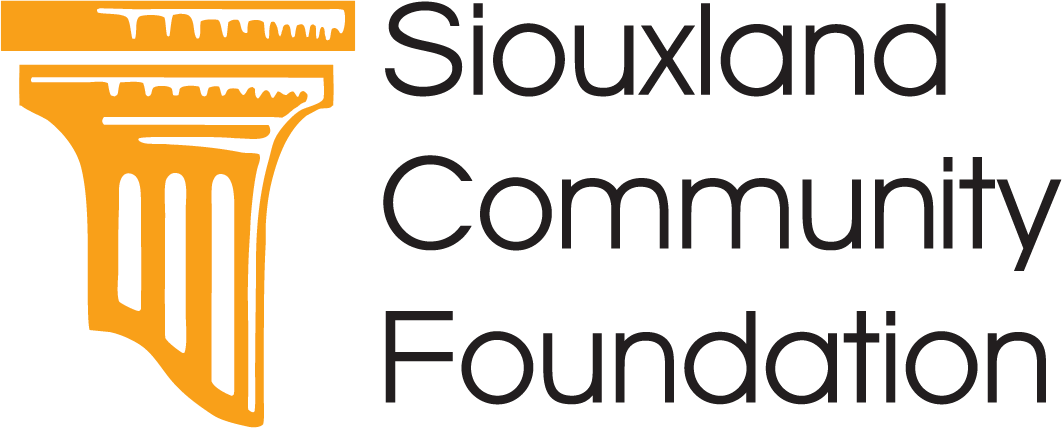Weighing the Options: Private Foundation or Donor-Advised Fund?
by SCF Team | May 1, 2025 | Siouxland Community Foundation Blog, Advisor Resources |
Understanding the myths and making the right choice for your clients’ charitable goals
When building the charitable elements of a client’s estate or financial plan, one of the earliest questions is: What structure should we use? Private foundations and donor-advised funds are both effective tools, but choosing the right one requires a closer look at their key differences—and common misconceptions.
To help you guide your clients wisely, here are three persistent myths worth reexamining:
Myth #1: Donor-Advised Funds Are One-Size-Fits-All
It is a mistake to assume donor-advised funds lack flexibility. While private foundations offer opportunities for custom governance and operate as separate legal entities, donor-advised funds can also be tailored to meet specific client needs—especially when housed at a community foundation.
Community foundations offer several advantages:
- Immediate Tax Benefits: Clients can contribute cash or marketable securities for an instant charitable deduction, then recommend grants later.
- Local Expertise and Collaboration: Clients become part of a giving community, with insight into local needs and nonprofits.
- Multi-Generational Planning: Community foundations support long-term giving plans, strategic grantmaking, and family philanthropy.
Myth #2: The Decision Is All About Size
While private foundations are often associated with ultra-high-net-worth donors and large-scale giving, donor-advised funds can also manage significant assets—some totaling in the billions of dollars. Despite this, individual donor-advised funds maintain a high level of privacy, as they are not required to file public tax returns, unlike private foundations.
In fact, asset size is rarely the deciding factor. Donor-advised funds offer several advantages that are appealing at any level:
- Lower administrative and setup costs
- Higher deductibility limits for charitable contributions
- Fair market value deductions for gifts of complex assets, such as real estate or closely held business interests
- No annual excise taxes
- Anonymity in grantmaking
What truly matters is how involved the client wishes to be, the complexity of their assets, their desire for privacy or public recognition, and their capacity to manage legal and administrative responsibilities.
Myth #3: It’s Either a Private Foundation or a Donor-Advised Fund
Make sure you’re aware of the benefits of using both a donor-advised fund and a private foundation to accomplish clients’ charitable goals.. A donor-advised fund can complement a private foundation by:
- Facilitating anonymous grants
- Accepting complex gifts such as closely held stock or real estate with more favorable tax treatment
- Diversifying giving strategies, providing flexibility during market volatility
Some private foundations are even choosing to transfer assets to donor-advised funds at community foundations. This shift can reduce administrative burdens, streamline operations, and better align with evolving family dynamics or philanthropic priorities.
As rules around self-dealing, investments, and required distributions become more complex, donor-advised funds can offer a simplified alternative without sacrificing impact.
Final Thoughts
When evaluating how to structure a client’s charitable giving plan, consider both the financial and philanthropic goals. Community foundations are valuable partners in this process, offering tools, local expertise, and strategic support. If a donor-advised fund is the right fit, they can help your client make the most of it. If not, they will help you find a better solution.
Charitable giving is deeply personal. The structure should support the mission, not overshadow it.




